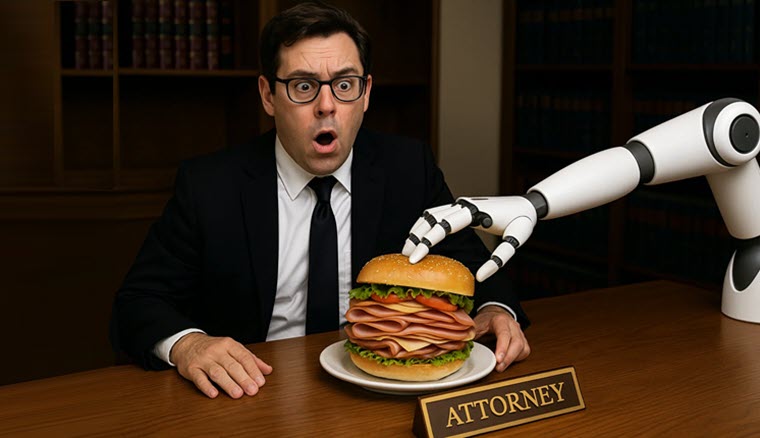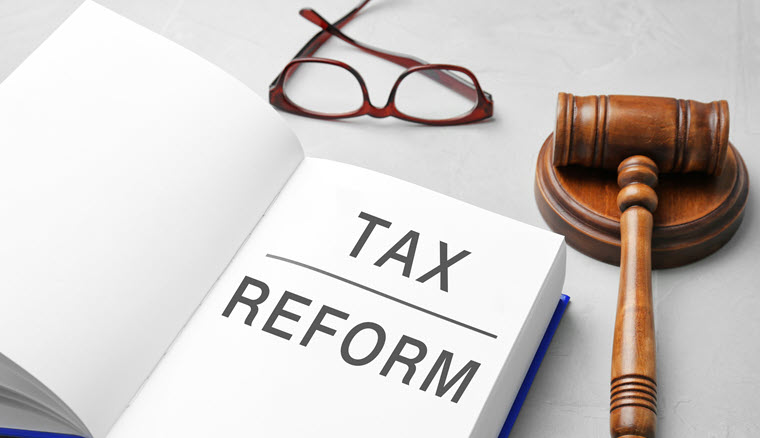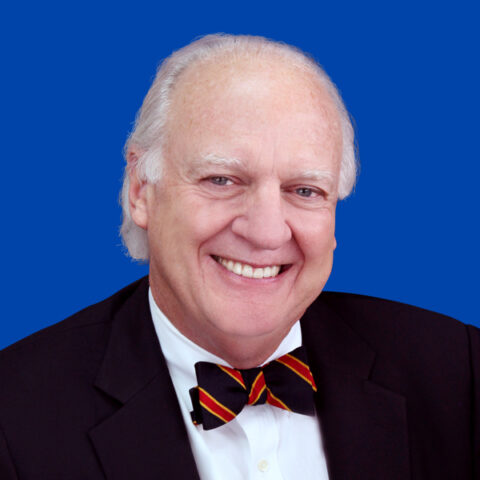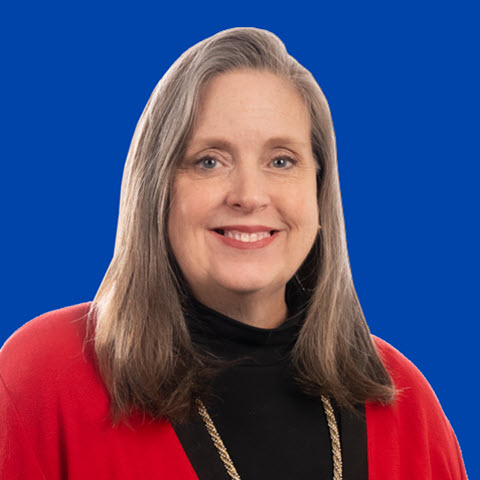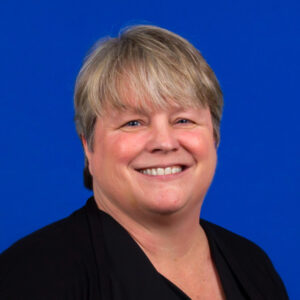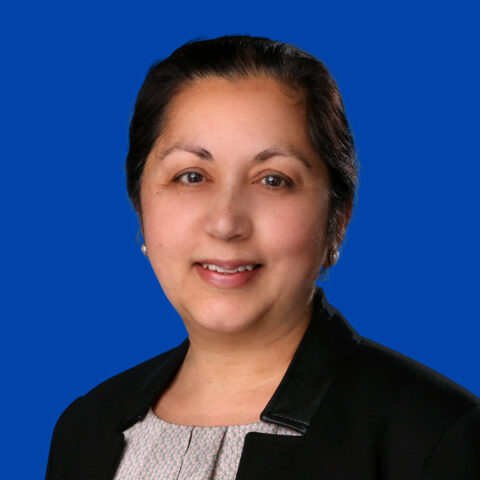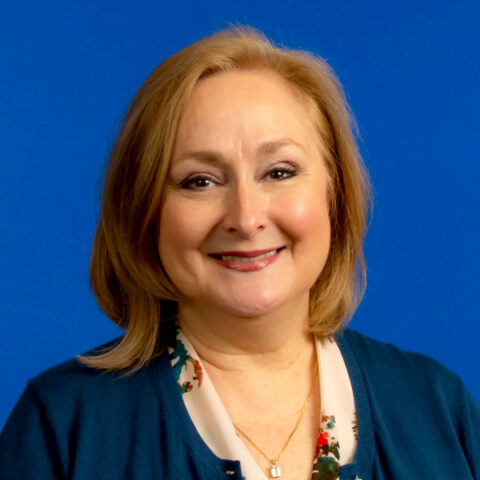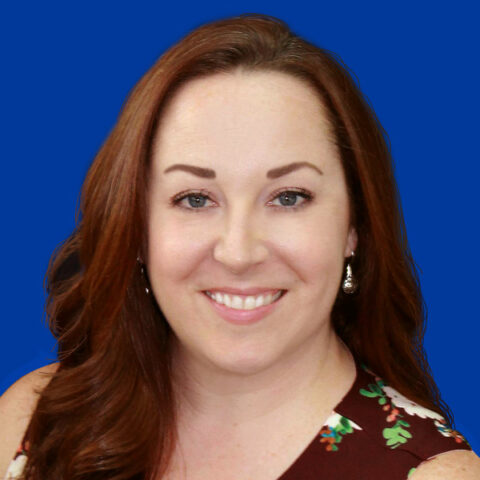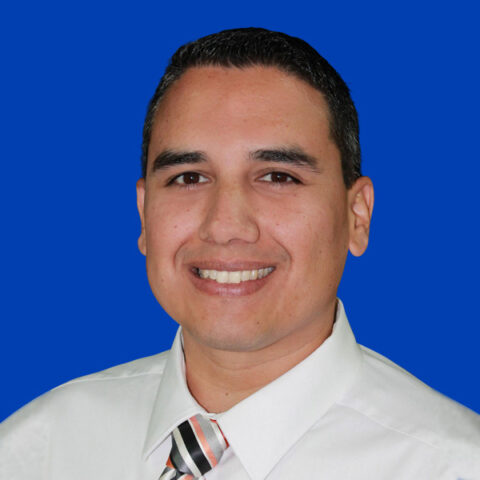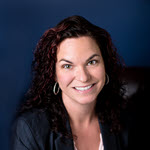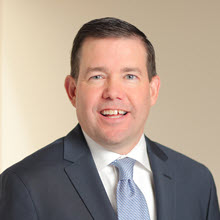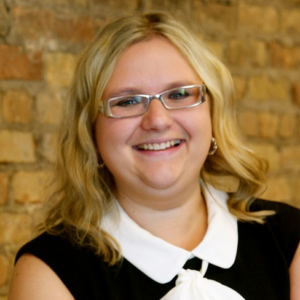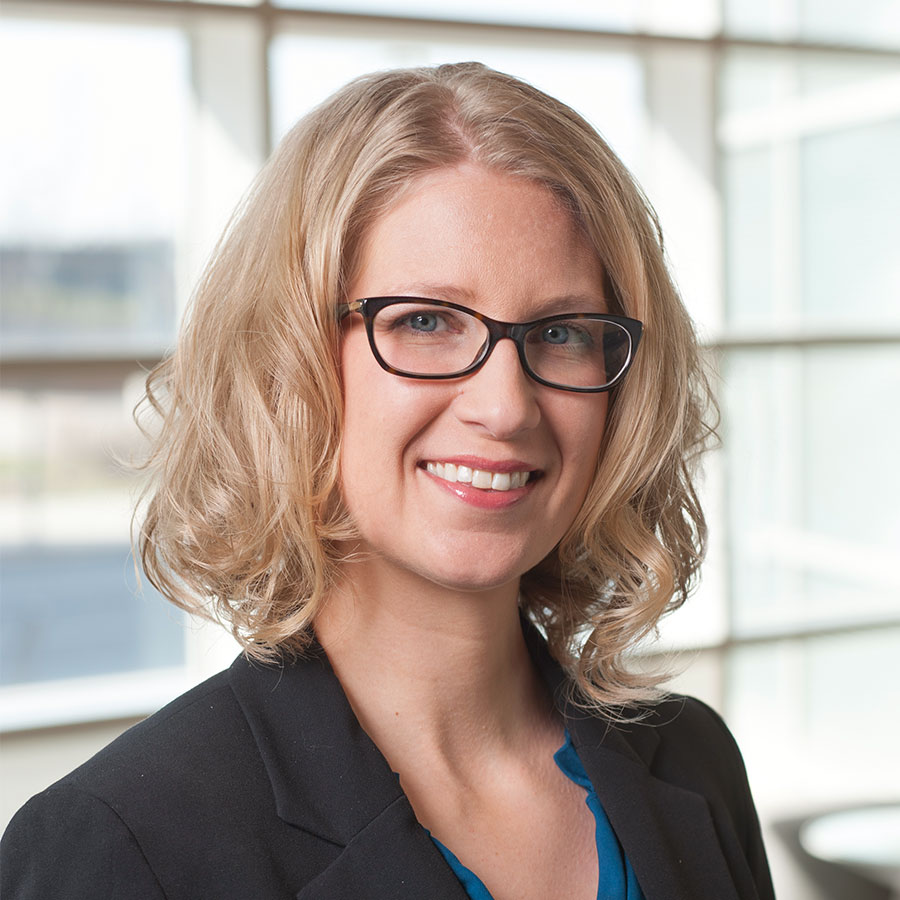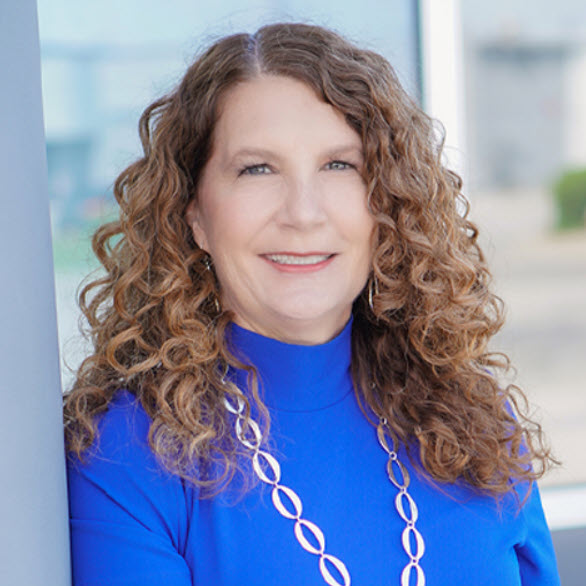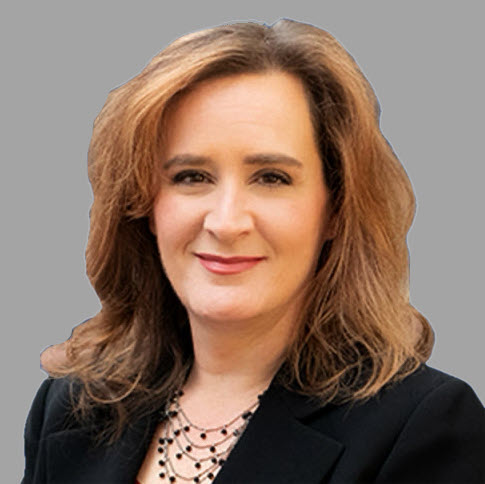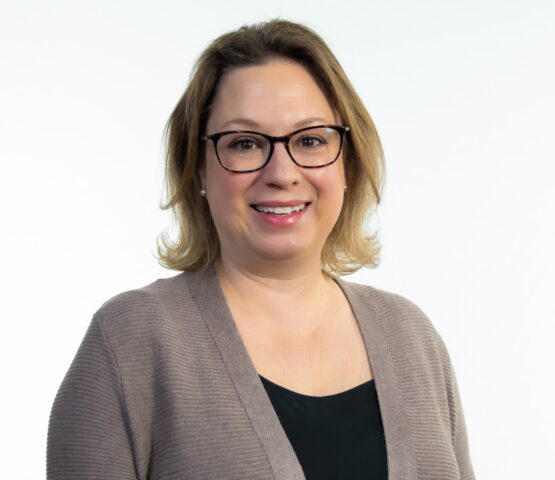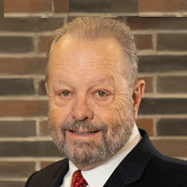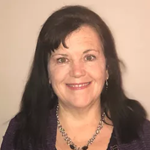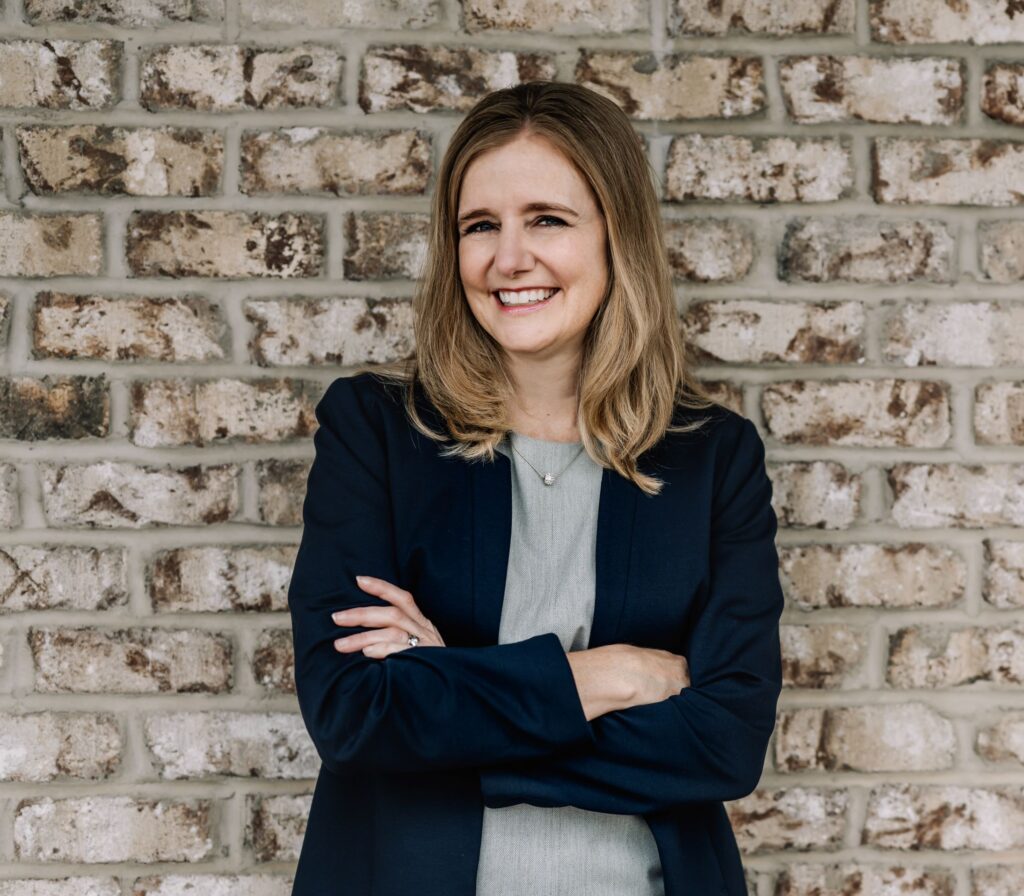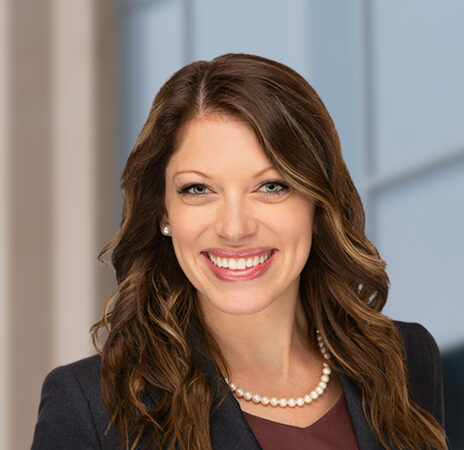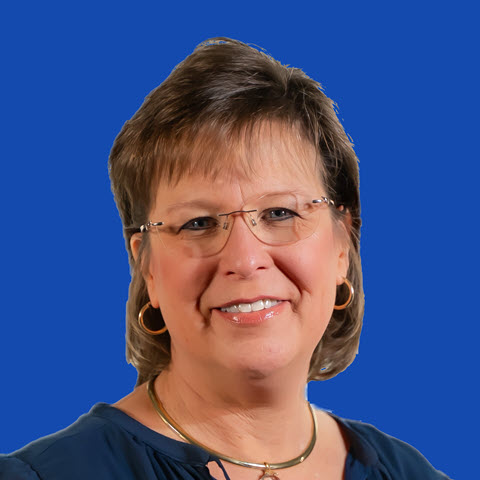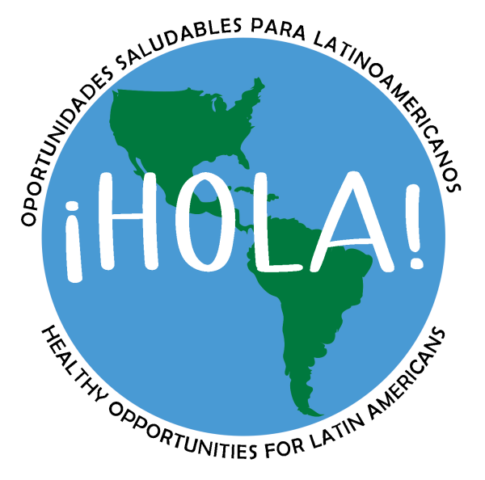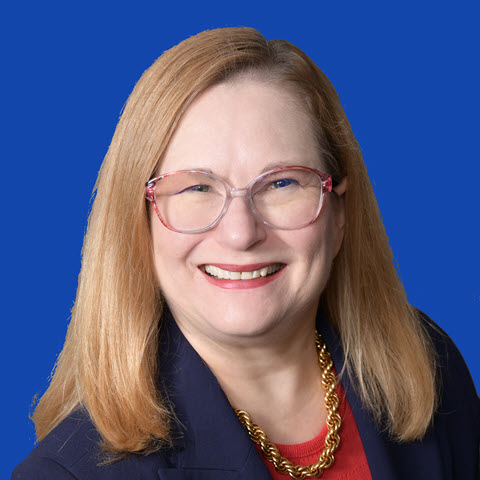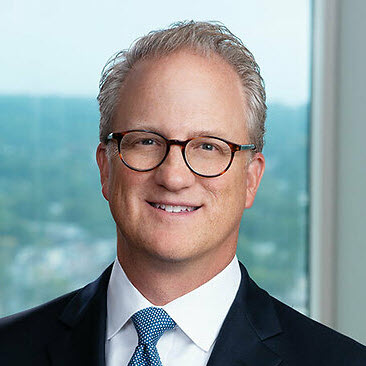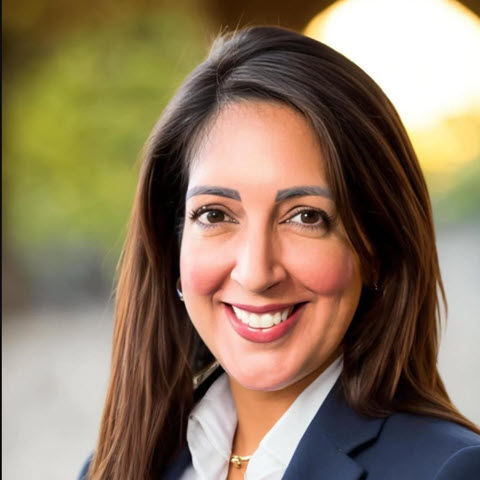The use of automation in estate planning law firms has been steadily increasing in recent years. The technology can do more, and clients are increasingly more willing to interact with it. Whether you use a lot of automation in your practice already or are just getting started – the savvy question to ask is: how do we compare and what more is possible?
The often-repeated advice on how to work on your processes and automation is to document your “current state” and let that inform how you draw out your “future state”. But what does that mean? What are you supposed to write down? What to include and at what level of detail?
And when it comes to this “future state” – what is feasible? Are you limiting yourself by shooting too low, or are you going beyond and is your plan just wishful thinking?
This article will help answer these questions by outlining “The 3 levels of practice automation” framework. This will give you a better understanding of what is possible and spark some ideas on what might be next for your practice.

Level 1 – Manual
This is where we all start. We schedule meetings over the phone, ask the client to sign paper engagement agreements, and have Word documents that we edit to create client deliverables.
To gather information from your clients you may send them a paper form (or fillable PDF) to fill in and mail back. There’s a lot of manual data re-entry and copy-pasting going on and more information than you care to admit just lives somewhere in your email.
It’s inefficient… but it works (at first).
As your case load increases though, and you add some staff, it becomes increasingly difficult to keep track of who emailed what to a client – and the risk of errors in documents rises when staff edit document templates under time pressure (let alone keeping those templates updated with the latest changes in the law).
So pretty quickly attorneys do two things: They get document drafting software to help draft the client’s documents and they look for a CRM or Case Management software. For more information on selecting a document drafting software, review the webinar “Make More Money: Automate Drafting Estate Planning Documents” with Deirdre Wheatley-Liss Esq. and Martin M. Shenkman Esq. aired on Aug 9, 2022.
Which is what gets them to Level 2: Point Solutions.
Level 2 – Point Solutions
The practice is getting more digitized and some manual interactions have been swapped out for point solutions, which are discrete applications that help address a specific need.
Instead of having a phone call to schedule a meeting – you may send the client a link to an online scheduler with real time availability.
Instead of entering information on paper or in a fillable PDF the client can fill in an online intake form from the CRM or Case Management tool.
Instead of signing the engagement agreement on paper this interaction can happen anywhere and at any time through eSignature.
And instead of manually updating Word documents you and your staff can use a drafting platform to streamline the drafting process.
All of these solutions help to let you focus more on the client and save time on repetitive administrative tasks.
What becomes possible at this level is the automation of action sequences. For example, after a client books a meeting through a scheduler, they get sent a link to the online intake form. Or when they submit that form, some other automation can get triggered.
But most law firms are limiting themselves. They stop here.
Let’s continue on to level 3
Level 3 – Integrated flow of data
What level 3 adds to this is an integrated approach to data handling.
Think about it – when your client has filled in your intake form, how easy is it to review the answers your client has provided as part of the design sheet for your design meeting?
How easy is it for you (and your staff) to get all the contacts that were entered into your drafting platform? And how easy is it to take the financial inventory and turn that into funding instructions?
Truth is, when it comes to data handling of a firm operating on level 2 it’s probably you and your staff who are moving the information around manually (copy-pasting from intake materials, going through meeting notes and email to find follow-up answers needed for drafting).
The shift on level 3 is that the information provided by your client flows to the tools and places you need it without manual rework. In that way it doesn’t just free up your time, but also the time of your staff to focus on higher value work.
Conclusion
The above outlined 3 levels of practice automation give you a roadmap on how to add technology and streamline your practice.
You might still need some input from an implementation consultant to help you pick the right set of tools and implement the flows mentioned above. But this framework should make it easier to discover where you are and what might be next in terms of adding automation to be as efficient and effective in your practice as possible.
Meet the Author

Wouter IJgosse is the Founder of DecisionVault, the intake portal that makes intake effortless for estate planning attorneys. The idea for DecisionVault came out of trying to help his wife Julia streamline her Estate Planning practice. Prior he worked as an innovation consultant with startups as well as F500 companies on creating new products and services. Originally from the Netherlands, he holds a bachelor’s in industrial engineering & Management and Master of Science in Financial Engineering from the University of Twente. He lives in Denver, Colorado with his wife and two kids.

